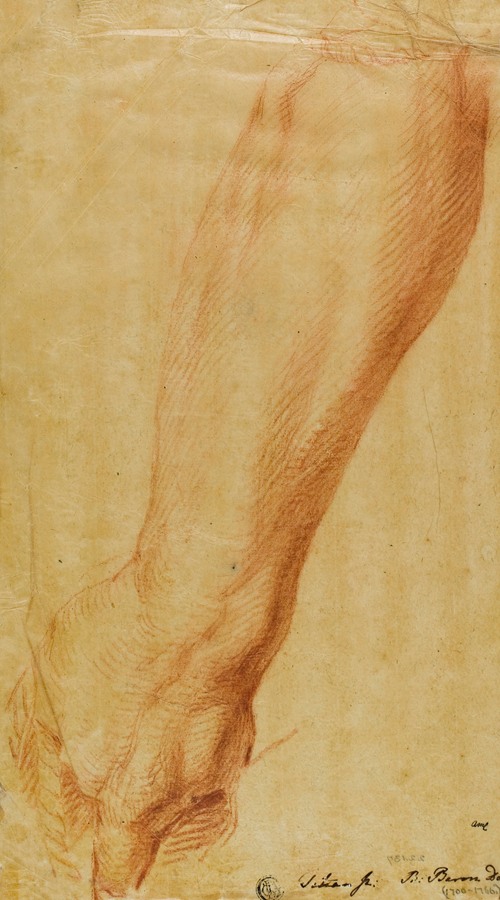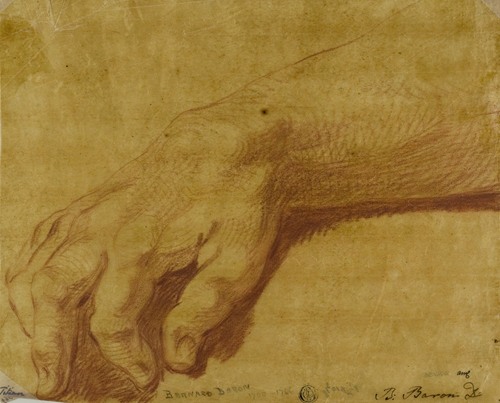


Bernard Baron was a French engraver and etcher who spent much of his life in England.
Baron was born in Paris in 1696, the son of the engraver Laurent Baron and his wife Aveline, and studied under his stepfather, Nicolas-Henri Tardieu. In 1712 he moved to London at the invitation of Claude Dubosc, in order to assist him on his engravings of Laguerre's mural at Marlborough House. He was one of the French engravers who produced a set of plates after Thornhill's paintings in the dome of St. Paul's Cathedral, and in 1720 he assisted Dubosc and Nicolas Dorigny with their engravings after the Raphael cartoons. In 1724 Baron engraved eight plates of the Life of Achilles after Rubens.
In 1729, he temporarily returned to Paris where he engraved four plates for the Recueil Jullienne, a compendium of 271 engravings of Watteau's paintings and decorations commissioned by the textile manufacturer, engraver, and art collector Jean de Jullienne, eventually published in 1735. Some art historians have suggested that a drawing by Watteau of an engraver at work, in the collection of British Museum, is a portrait of Baron. He also engraved a plate after Titian for the Recueil Crozat, a collection of prints of Italian paintings in French collections published in 1742.
In 1735 Baron was one of a group of leading London artists shown in Gawen Hamilton's painting A Conversation of Virtuosis He was one of four French engravers employed by William Hogarth to produce plates for his series Marriage à la mode. He also engraved portraits by Hogarth and Allan Ramsay, and works by Holbein, Rubens, Van Dyck, and Teniers. He gave evidence to the committee of the House of Commons which led to the Engravers Copyright Act.
He died in London on 24 January 1762. His plates were inherited by his son, also called Bernard, on whose death they were bought by the publisher John Boydell.


